6. Subway (1985)
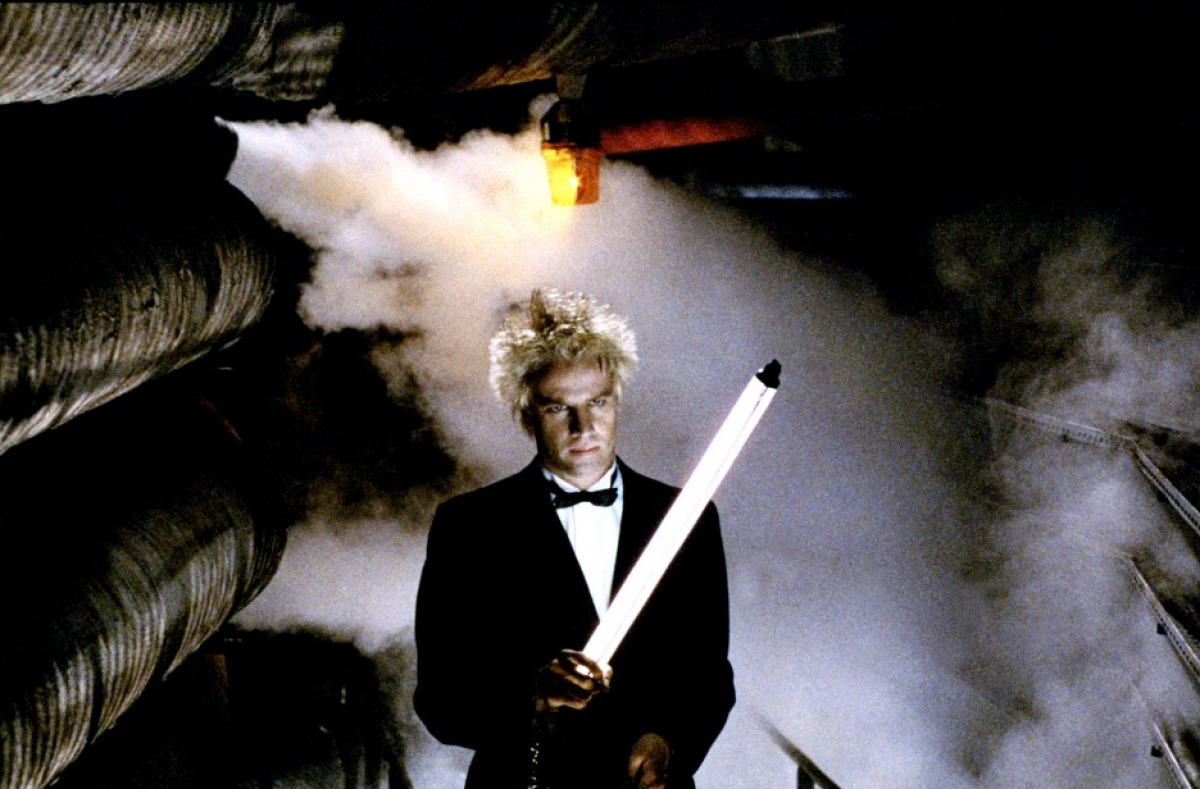
Fred has just stolen some documents from a powerful gangster-run business that would shed light on their criminal enterprise. He escapes from them by literally going underground, joining a group of people who live in the subway system who are hiding from the authorities.
So he does what anyone on the lam would do and forms a pop band with some of his subterranean friends while also engaging in his own criminal activities. With the money he gets from robbing a train, Fred sets up a gig for his band to play in the subway station; but his first gig might be his last, as the gangsters are hot on his trail.
This weird comedy was Luc Besson’s second feature and it proved very popular in its home country of France. Subway has a freewheeling air to it that includes musical breaks, underground rollerskating chase scenes, and an energetic visual style. The film is firmly on the side of its absurd premise and story, populating the movie with strange characters, new wave music, and farcical situations that keeps the film from ever being dragged down by anything resembling gravitas.
7. Gothic (1986)
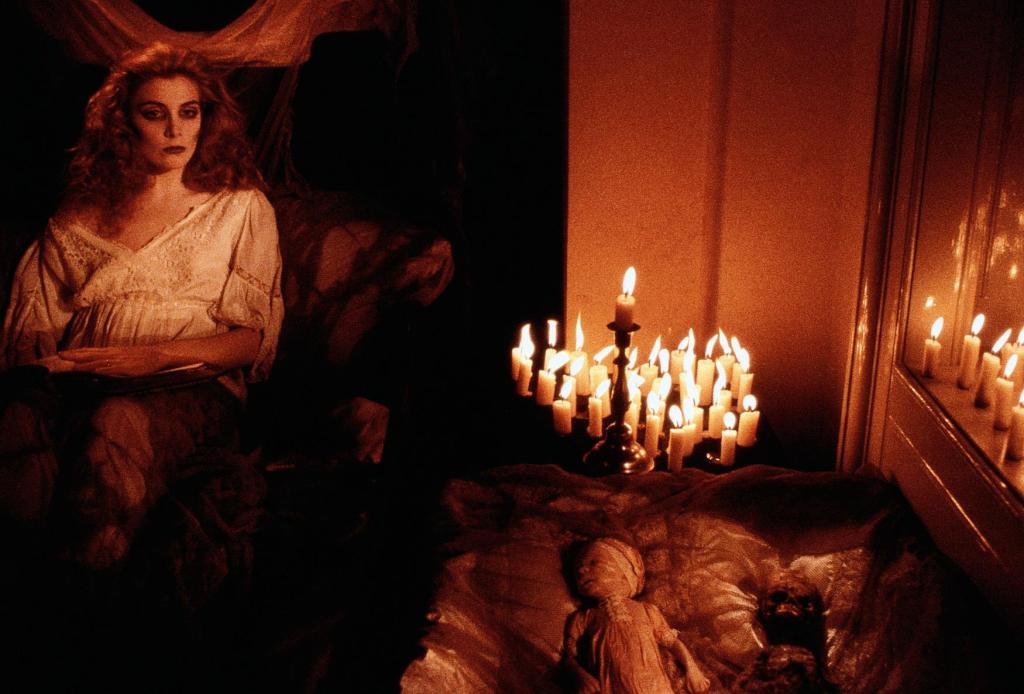
Ken Russell was not a run-of-the-mill filmmaker: his output could generously be referred to as “weird,” directing such outre films as The Who’s Tommy, The Devils, and Altered States. Often employing surreal visuals and eschewing traditional narrative structure, Russell made some odd films in his career, and Gothic was his stab at the Frankenstein story.
Literally, the film is about the libertine summer Mary Godwin (nee Shelley) spent with her future husband Percy Shelley at Lord Byron’s villa in Switzerland, during which she conceived Frankenstein. Meanwhile, Dr. John William Polidori is also present, and he comes up with “The Vampyre,” the first published work of the vampire genre.
But this is no straightforward historical biography: Russell decided to play up the “libertine” aspect of this group, filling the screen with deviant sex acts, frequent nudity, drug use that makes the characters hallucinate, and supernatural entities.
Capturing the spirit of the libertine movement (although not necessarily any historical accuracy), Russell made a bizarre and memorable movie about what he thinks the type of psychological headspace this group would have been in to create some of the most persistent monster myths of the past 200 years. Alternately fascinating and disturbing, Gothic another entry in the Ken Russell canon of weirdness.
8. Dead End Drive-In (1986)
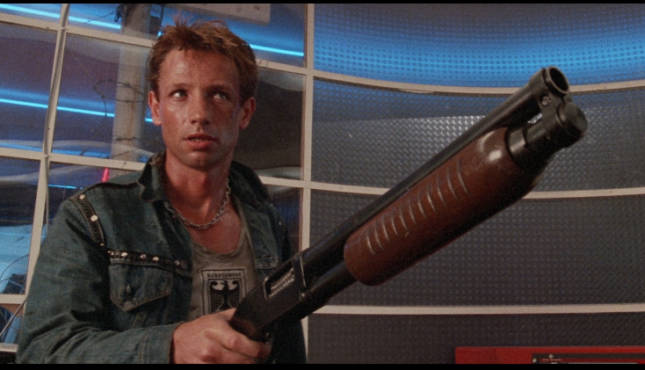
In futuristic year of 1995, a collapsed economy has left Australia to become a violent, crime-ridden country. In an effort to stem the tide of criminality, the government has created concentration camps in drive-ins that contain the unemployed, criminal youth. Fed a steady diet of junk food, drugs, alcohol, and movies, the prisoners are subdued enough to continue living without revolting against their guards.
This works well for most of the kids–except Crab, who finds himself and his girlfriend trapped in one of these camps and wants to get out. While he schemes to escape, however, his girlfriend succombs to the free drugs and junk food and soon joins up with a racist gang within the compound.
Will Crabs escape? Who cares: Dead-End Drive In is too much fun to worry about inconsequential things like endings. With a weirdly interesting premise, a lot of style, and an ending stunt that set a world record for distance jumped by a truck, this Australian B-movie has flown under the radar by cult audiences in The States but should be watched by Mad Max and B-movie fans alike.
9. Meet The Feebles (1989)
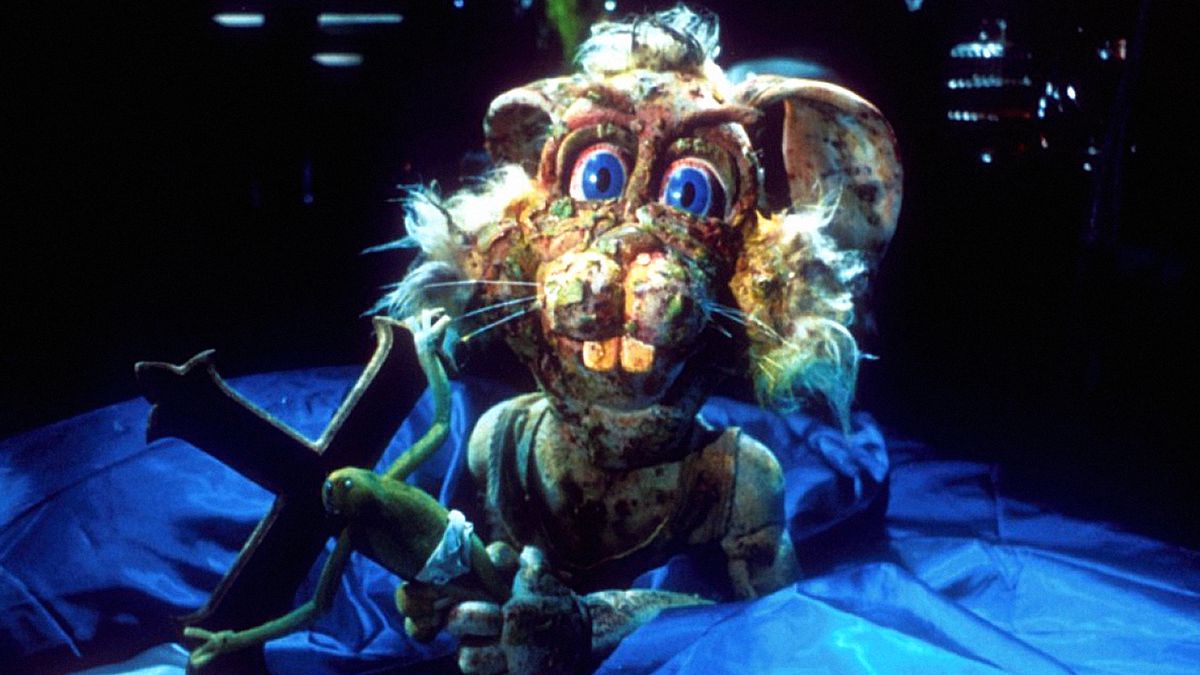
Before he was the director of the Lord of the Rings saga, Peter Jackson was a B-movie maker from New Zealand, and his first film, Bad Taste, brought him notoriety in his home country and Australia, particularly when the film was banned in Queensland. Undeterred, Jackson followed up with a somehow more lurid and grotesque film–this time involving puppets.
Meet The Feebles is a film that makes you feel like you’re going crazy when watching it–not that it’s bad, but it’s such a strange, profane film that you wonder what it is you’re supposed to be getting out of the experience. Perhaps this comes from the disconnect the viewer feels between the characters and the form they take–in this case, anthropomorphic animals that are highly detailed Muppet-like creations and the disturbing characters that inhabit these creatures.
The story is simple enough: a theatre troupe known as Meet the Feebles are hoping to get picked up for a syndication deal and the film follows their rehearsals up to their next show.
But like The Muppets on crack and without any morals, what’s depicted in the movie is just how debaucherous and evil much of the cast is: the adulterous walrus boss who produces pornography on the side; a heroin addict knife-throwing frog; the star bunny who has caught “The Big One” and rapidly begins to disintegrate in health; and overall a gross portrayal of the behind-the-scenes going-ons of this troupe.
It’s completely nuts, and many critics agreed: the film was critically praised for its wildly vulgar tone and offbeat presentation. Then over a decade later Peter Jackson became one of the most successful directors in the world and Meet the Feebles resurfaced, eventually finding a cult audience. An entertaining–if crude–film, Meet the Feebles delivers for fans seeking a deeply warped cinematic experience.
10. Miracle Mile (1988)
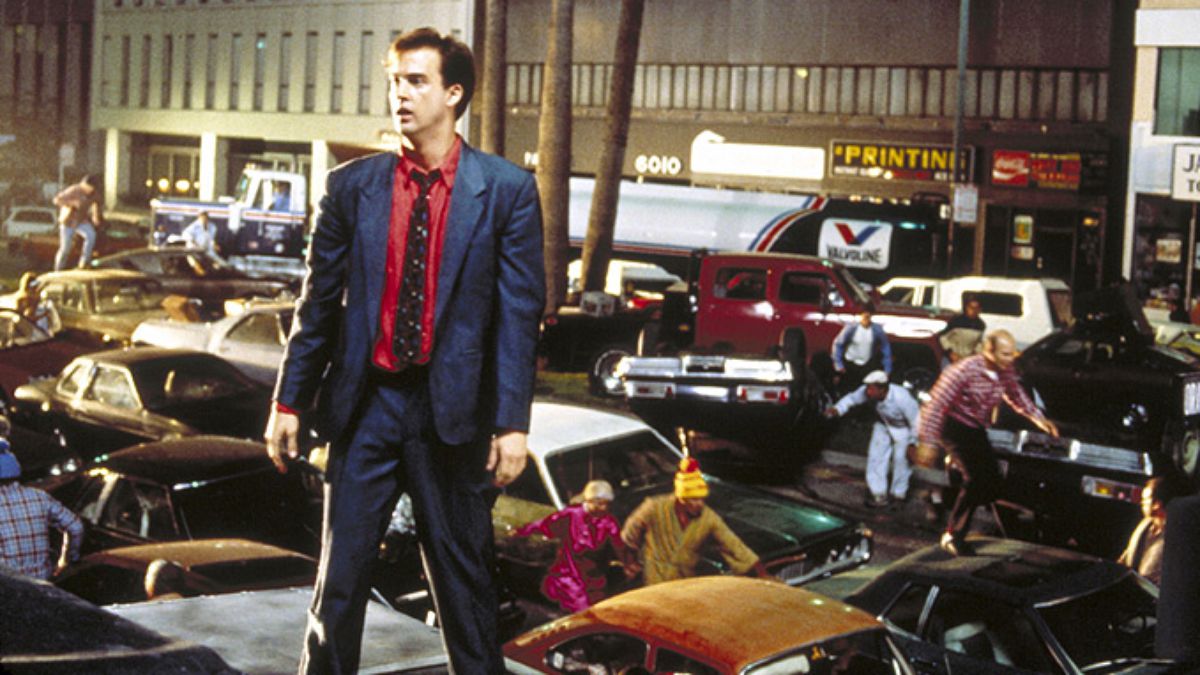
Here’s a premise: everyone in the film you are about to watch is doomed. This is not a particularly good selling point to audiences, particularly since most films try to have the audience relate and sympathize with their characters, but in the 1980s nuclear holocaust was a hot topic and many nuclear-themed films would end with either the entire cast dead or slowly dying.
Miracle Mile takes on the nuclear fears of that decade by compressing most of its action to the final 70 minutes before said holocaust takes place: one night, Harry (Anthony Edwards) oversleeps and realizes he missed his date with a woman he just met and fell in love with.
Desperate to get in contact with her, he calls from a pay phone, only to get her answering machine. But a moment later, the pay phone rings: he picks it up, and on the other end is a frantic man trying to warn his father that nuclear war is about to break out. The man realizes he had called the wrong number and Harry listens as the man is gunned down on the line.
Slowly realizing that what he just heard is true, Harry tries to find the woman he fell in love with so they can escape, inadvertently starting a panic that sweeps through Los Angeles. As the time gets closer to the start of the supposed nuclear war, Harry is involved in numerous violent accidents, and by the time he meets with the woman to escape, it looks like it’s too late.
Miracle Mile is a tense film: watching our protagonist go to increasingly desperate measures to ensure his and his girlfriend’s safety from an inescapable cataclysm as the world falls apart around him is difficult to stomach at times.
Meanwhile, the film is rooted in a realistic look at what mass panic would look like and the sort of violence and chaos that would emerge from such a situation. A strange thriller that doesn’t allow a happy end for either its protagonist or its audience, Miracle Mile is a dark story about one of the most unpleasant outcomes that still dangles over our collective head.
Author’s Bio: Mike Gray is a writer and academic from the Jersey Shore. His work has appeared on Cracked and Funny or Die, and he maintains a movie and TV blog at mikegraymikegray.wordpress.com.